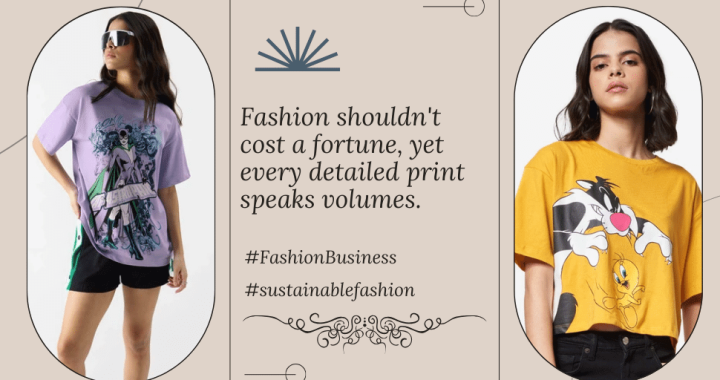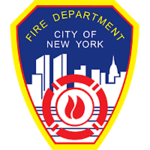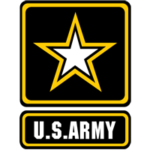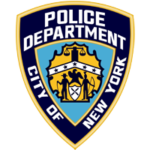Understanding the Costs Behind Printing 1,000 T-Shirts
For those considering a sizable order of t-shirts, whether for a business venture, an upcoming event, or a company, determining the cost to print 1,000 t-shirts isn’t entirely straightforward. Instead, it involves complex mix of various factors that come together to have a significant influence on the overall price.
- Printing Techniques
The chosen printing method plays a big part in the pricing dynamics. Whether it’s the efficiency-driven Silk Screen Printing, foil printing, puff printing, or the more intricate DTF Printing suited for smaller batches and detailed designs, each method has its own cost implications. - The Color Equation
The colors that are chosen for your design play an important role in the overall cost calculation. Screen printing often increases the price with each color that is added, whereas DTF printing offers more flexibility with color choices, and also proves much more cost-effective for designs where a range of colors are required. - The Fabric
The quality of the fabric in the chosen t-shirts is another crucial factor. If you opt for premium-grade shirts, this will naturally lead to a higher cost compared to the use of standard fabrics. In addition, other variables such as fabric type, weight, and brand all come together to significantly contribute to the overall cost. - Bulk Economics
The old adage ‘the more, the merrier’ definitely holds true in the world of t-shirt printing. This is because bulk orders will almost always have cost advantages. As the order quantity increases, the cost per unit generally reduces, meaning that the printing of 1,000 t-shirts a more financially viable option than smaller batches. - Design Complexity
The chosen design must also be taken into consideration. When the design is more intricate and special effects like metallic or neon inks are included, costs will invariably rise due to the additional materials being used and the effort involved. - Print Location and Artwork Preparation
Different printing areas, whether on the front, back or Long sleeves, is something else that has an impact on costs, as this can lead to additional setup and labor. Taking time to carefully prepare the artwork is also essential, and modifications or adjustments can lengthen the design process and possibly add to the overall expense. - Ink Type and Turnaround Time
The choice of ink, whether it’s a specialty or an eco-friendly option, can potentially increase expenses. Also, if we have to work to an urgent timeline this can lead to additional charges for expedited services, making planning ahead an important factor in the final price. - Additional Services and Tailored Touches
Value-added services such as custom labelling, folding, packaging, or tagging will also influence the final price. Whilst such services undoubtedly offer convenience they do come at an extra cost. Moreover, personalized touches, like individual names or numbers on each t-shirt, may also increase the overall cost.
Ultimately, the price for printing 1,000 t-shirts is dependent on quite a number of factors. These include printing methods, colors, t-shirt quality, design, order quantities, printing specifications, artwork, ink choices, turnaround time, additional services, customization elements, and the location of the printing company.
Once you have an understanding of these various factors you’ll be in a better position to make informed decisions that fit within your budget and meet your requirements.
Therefore, the next time you wonder “How much does it cost to print 1,000 t-shirts?” you will be aware of the many different things that go into arriving at the final price!








